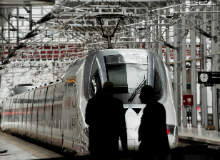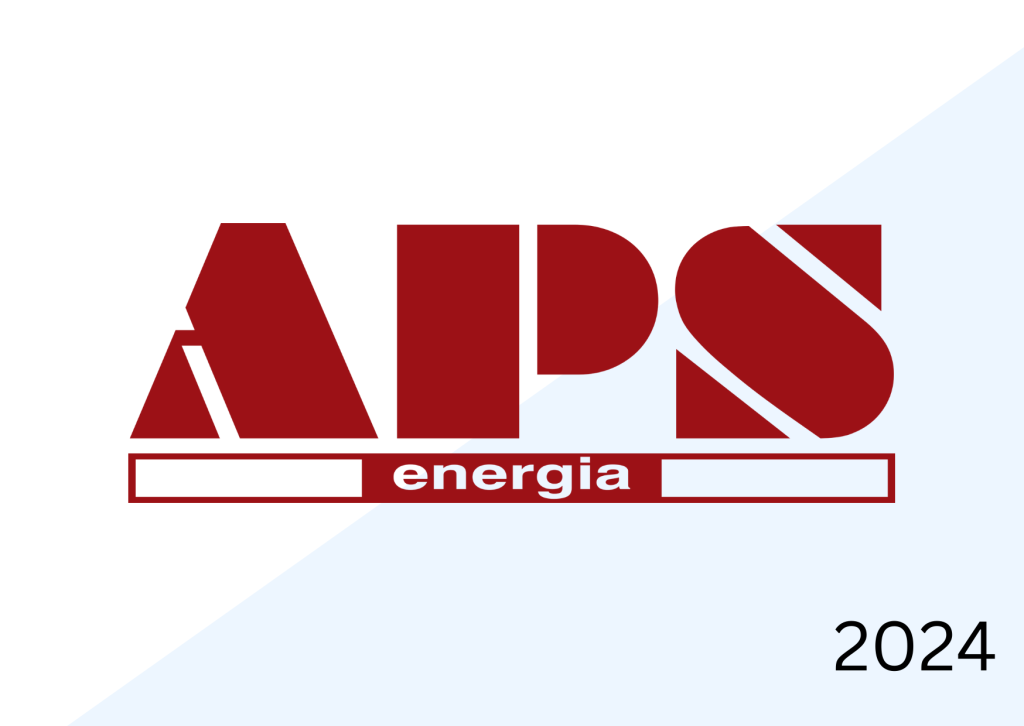
Suicide on the tracks is a tragic issue faced by railway operators world over, with some bustling train stations even becoming known as “suicide spots”.
According to a study on the socio-environmental determinants of railway suicide, published in BMC Public Health journal, over half of all rail-related fatalities are suicides. Moreover, the World Health Organisation (WHO) reports that over the last 45 years, suicide rates have increased by 60% worldwide, and it is predicted that by 2020, the rate of death will increase to one every 20 seconds.
Figures from the European Railways Association (ERA) show that the number of suicides across the EU network also increased in parallel with the rising number of overall passenger journeys: between 2008 and 2011, suicides saw an 18% increase from 2,422 to 2,868 every year.
But despite the increase, WHO points out that in terms of policy, only 28 countries are known to have national suicide prevention strategies put in place. According to their ‘Preventing suicide’ report published last year, suicide deterrence should be “a multi-sectoral priority” – and the rail industry is a key player in this nation-wide effort to further avert suicides.
For instance, UK’s rail network has consistently had one of the highest suicide rates in Europe, data from ERA reveals. Apart from the loss of life and trauma experienced by train drivers, railway staff, passengers and witnesses, the heavy disruption to services costs the rail industry around £50m every year, according to Network Rail. The cost – approximately 400,000 minutes of delays were attributed to suicides only in 2013/14 – further stresses the severity of the problem and puts railway operators under the spotlight to react accordingly.
Improving training, response and public awareness
To date, “restricting access to the means of suicide” is the most common technique used by authorities and operators. The study quoted above highlights that, following years of research, “reducing accessibility to train lines through installation of physical barriers is the only suicide prevention strategy that has been followed by a decrease in railway suicide”. In 2002, the installation of platform screen doors at Hong Kong stations saw suicide figures drop by almost 60%.
How well do you really know your competitors?
Access the most comprehensive Company Profiles on the market, powered by GlobalData. Save hours of research. Gain competitive edge.

Thank you!
Your download email will arrive shortly
Not ready to buy yet? Download a free sample
We are confident about the unique quality of our Company Profiles. However, we want you to make the most beneficial decision for your business, so we offer a free sample that you can download by submitting the below form
By GlobalDataNevertheless, this method might prove too expensive in some cases and simply ineffective outside of stations and across networks that cover large areas. As a result, different means of prevention are needed.
A good example of a dedicated suicide prevention campaign comes from the five-year partnership between UK railway authority Network Rail and independent charity Samaritans.
The ‘Tackling Suicide on the Railways’ programme initially launched in January 2010 with the aim to reduce railway suicides by 20% by 2015. The programme has since grown and now also involves train operators, freight operators and the British Transport Police. The campaign tackles the complex issues surrounding suicide through specialist training courses for staff, a wide-reaching public awareness campaign, targeted research and a host of infrastructure updates and alternations to the station environment.
The two-fold training course prepares personnel to both approach and manage a suicidal person on the platform and successfully deal with the emotional aftermath of witnessing a suicide, through a dedicated Trauma Support Training module.
The course is designed to equip railways staff with the “skills, confidence and knowledge to identify and approach people exhibiting suicidal behavior.”
“We are at the point of having trained nearly 10,000 rail industry staff, including frontline staff on this course, which is a huge achievement,” says Samaritans strategic partnership manager Ola Rzepczynska. “Since people started attending this course, we have had over 150 interventions reported to us.”
Furthermore, a range of infrastructural changes implemented at train stations include removing benches from all fast line platforms, installing fences at platform ends, upping the number of anti-trespass guards, lighting up dark platforms and introducing smart motion-detection cameras to alert of unusual movements both in stations and at level crossings.
On most platforms in the UK, passengers can also spot any of the three ‘We’re in your corner’ posters, designed to encourage people to seek help and directly contact the Samaritans for support. An extension of the ‘Men on the ropes’ campaign from 2010, the new posters were carefully designed to appeal to the most susceptible group of people, namely “men in their 30s, 40s and 50s from lower socio-economic backgrounds”, who have been found to be at the highest risk of suicide.
A three-year-long review into the programme, undertaken by the Rail Safety and Standards Board (RSSB), tried to gage the results and achievements of the campaign, praised as “one of the most progressive and ambitious programmes in Europe”.
But it’s not all good news: a research brief published in February 2014 revealed that while the programme improved the industry’s knowledge and understanding of suicide, it has not yet managed to reduce the number of suicides.
“The rail statistics come out on an annual basis, and what we’ve seen over the past few years is that they are very much in line unfortunately with a rising overall national suicide rates. So as a percentage of that, railway suicide has remained relatively static, roughly at about 4% of national suicides,” Rzepczynska says.
The review does, however, recognise a reduced response time to suicides, better co-ordination of services and a small reduction in delays. The training, which now includes over 1,500 managerial staff, also managed to raise the quality of interventions and increased the likelihood of intervention in the future.
New territory: “calming” blue lights help reduce suicides
But Network Rail’s efforts stretch beyond this campaign. Last year, a series of trials were announced to equip selected stations with blue lights, a recently discovered and under-researched technique present at only a few train stations around the world.
Blue LED lights previously installed at stations, bus stops, airports and various high danger zones around cities have been reported to induce a calming effect on people in the area, which helps to reduce crime, anti-social behaviour and suicide attempts.
“A part of the program is continuously looking for innovations and different ways in which we can prevent suicide and blue lights has been one of the areas that we’ve been piloting, along with a number of other measures such as mobile CCTV, cameras and sensors,” Rzepczynska says. “It’s something that Network Rail have considered and implemented in a few locations.”
Minimise Energy, a company specialising in the production of blue LED floodlights for public spaces, describe the effect in a press release: “Research has shown that blue light can induce calm, and as a colour often associated with authority, particularly the police, blue light in public places is different enough from the norm to encourage people to rethink before committing unwanted behaviour.”
The company distributed their blue lights to Network Rail and have been following the trials intently. According to head of UK sales at Minimise Energy Sam Stageman, “the initial trial has given satisfactory results to promote further opportunities so I think it is very client-dependent on how far they want to roll it out to a major premise or areas of particular concern. Following the success of that, further product is being provided for additional stations.”
The technology has also been used outside of the UK. A Japanese study evaluating the effect of blue lights on the number of suicides at 71 train stations between 2000 and 2010 found “an 84% reduction of railway suicides that could be attributable to the introduction of blue lights at the edges of stations”.
One of these stations is Shin-Koiwa in Tokyo, a recognised suicide spot, where part of their ceiling is covered with blue plastic film.
But there isn’t universal support for altered lighting: changing the tint of the light through plastic film is not only ineffective, but also dangerous, according to Dave Grant-Stechyshyn, technical manager for Minimise Energy.
“If you put a blue film over a white light you’ll find that actually will degrade the light level hugely,” he says. “On a train station platform, where light levels are extremely important for safety, it’s just completely not acceptable.”
“So we’ve had to design a product that had a blue LED that emitted physical blue light rather than just a blue film over white light.”
Suicide prevention: a collective responsibility
Even though the present programmes and technologies are a significant step forward in alleviating the problem, more research, trials and data collection are needed to successfully reduce the number of incidents on an ever-expanding railway network. Experimental techniques currently under development can be seen in Japan, where the most problematic stations are equipped with fitted screens broadcasting soothing pictures, a public panic button in the case of an attempted suicide and the distribution of readily-available leaflets with suicide hotline contact details.
In the UK, a new referral scheme involving the Samaritans and BTP is currently being piloted in the North London area.
“What we encourage the BTP to do is, if they come in contact with an individual who is potentially vulnerable on the railway network, they can offer the individual a referral to Samaritans. With their consent, we can call the individual and have a confidential conversation,” Rzepczynska explains.
If successful, the scheme is expected to be rolled out nationally in the future, as the partnership between the charity and Network Rail has recently been extended for five more years.
While railway operators around the world recognise their responsibility in preventing suicide on their networks, it is important to remember that, as WHO points out, suicide results from “many complex socio-cultural factors” and “the health sector but also education, employment, social welfare, the judiciary and others” should all become involved in its prevention in order for significant progress to be achieved.




